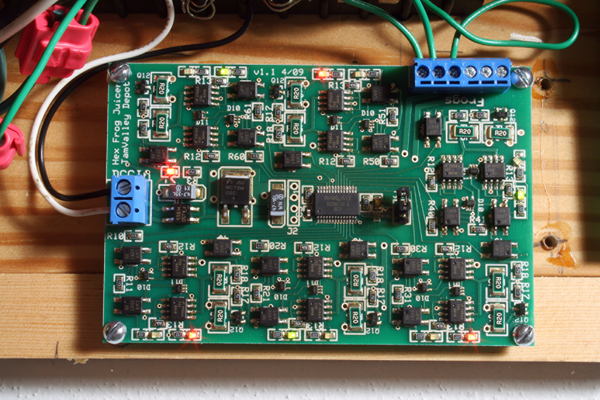
Tam Valley Depot Digital Command Control (DCC) Hex Frog Juicer The Hex Frog Juicer from Tam Valley Depot is an automatic reversing circuit for turnout and crossing frogs on Digital Command Control layouts. Each unit can power and reverse polarity for up to six frogs, enough for as many turnouts or three crossings. The Hex […]
Read More…
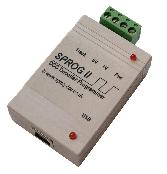
SPROG 2 – JMRI Digital Command Control Programmer What’s better than Digital Command Control (DCC)? Being able to program it easily. I’ve recently ditched programming my DCC stuff via the controller on the command station and now use a SPROG 2 connected via USB directly to my computer (in my case a Mac, however Windows […]
Read More…
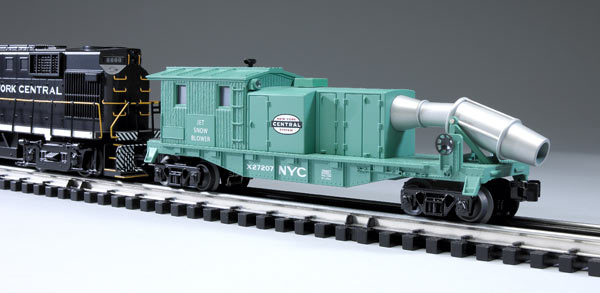
RAILROADING IS RELATIVELY UNAFFECTED by most weather systems, but snow can can be another story. Over time railroads have adapted technology to do battle with the white stuff. […]
Read More…
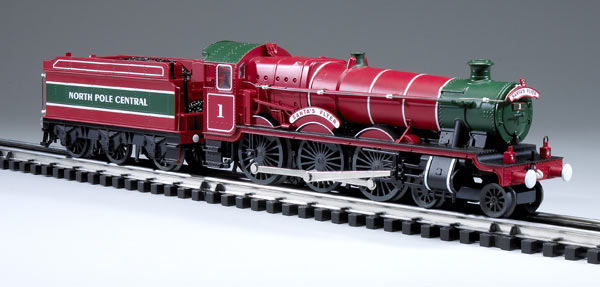
THIS MODEL IS THE THIRD OUTING for the UK-outline tooling created for the movie-related Hogwarts Express from the Harry Potter book and movie series. The second product was the Shakespeare Express (based on a British excursion train of the same name). […]
Read More…

RAILROADING IS RELATIVELY UNAFFECTED by most weather systems, but snow can can be another story. Over time railroads have adapted technology to do battle with the white stuff. […]
Read More…

THIS MODEL IS THE THIRD OUTING for the UK-outline tooling created for the movie-related Hogwarts Express from the Harry Potter book and movie series. The second product was the Shakespeare Express (based on a British excursion train of the same name). […]
Read More…
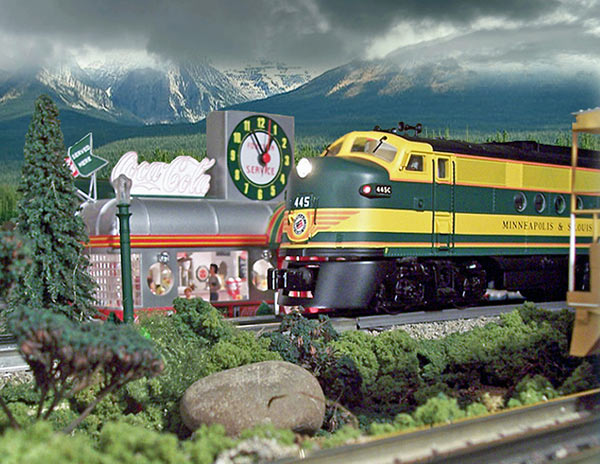
Paul Helgeson has less than 100 square feet dedicated to his layout, but the variety of scenes is astonishing. Here we offer some additional photographs showing more of his spectacular modeling. Click on each photo to see a larger image. […]
Read More…
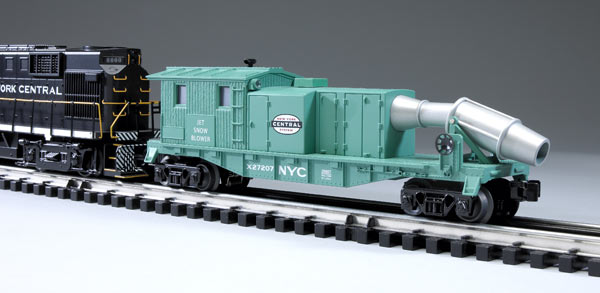
AS IMPERVIOUS AS RAILROADING CAN SEEM TO MOST CHANGES IN THE WEATHER, snow can really throw a wrench in the works. Over time railroads have adapted technology to do battle with the white stuff. This has included traditional plows that ram their way through heavy drifts and rotary plows that use moving blades to toss […]
Read More…
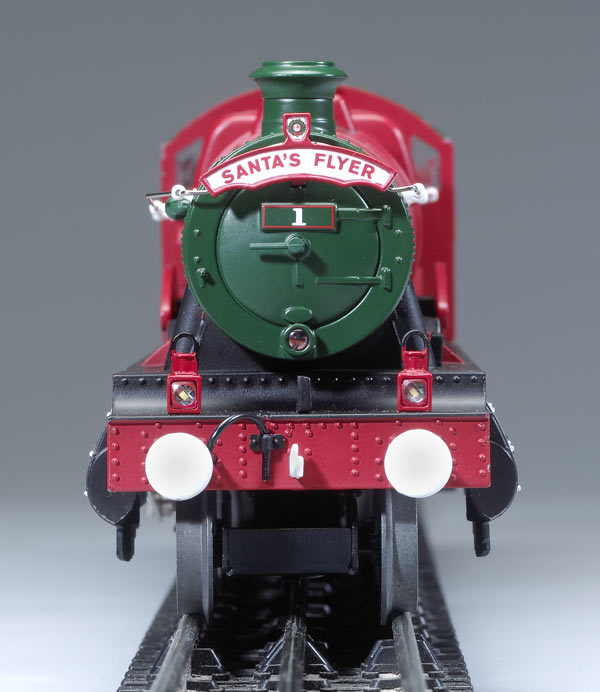
NO, YOUR EYES DON’T DECEIVE YOU. The issue in your hands does carry a February date, and the subject of our attention is a Christmas locomotive. But how can that be? Well, I’m actually writing this before Halloween, so the holiday train spirit hasn’t yet arrived at the CTT station. I visited Sommerfeld’s Trains in […]
Read More…
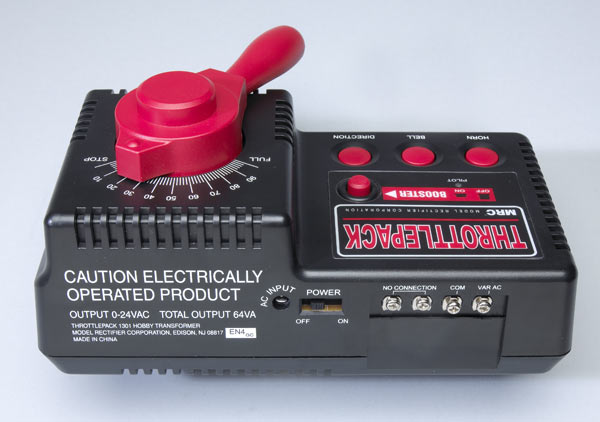
IN KEEPING WITH OUR LEAD REVIEW, THE SANTA’S FLYER locomotive, we wanted to include a suggestion for a follow-on transformer, a step beyond the rig that comes with a starter set. The latest transformer from the Model Rectifier Corp. fills the bill between a basic starter set rig and a high-priced, high-horsepower model. Model Rectifier […]
Read More…
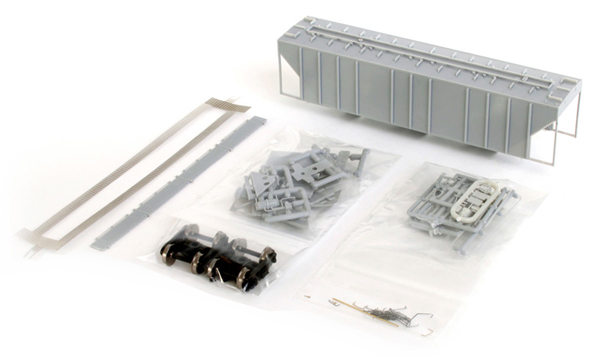
HO scale locomotives Electro-Motive Division F7 A-A and A-B diesel locomotive sets. Atlantic Coast Line, Kansas City Southern, Minneapolis & St. Louis (A-A set), New York Central, and Southern Pacific (Daylight paint scheme). Powered lead unit with dummy trailer; all are A-B sets unless noted. Metal wheelsets and McHenry scale magnetic knuckle couplers. $89.98. March […]
Read More…
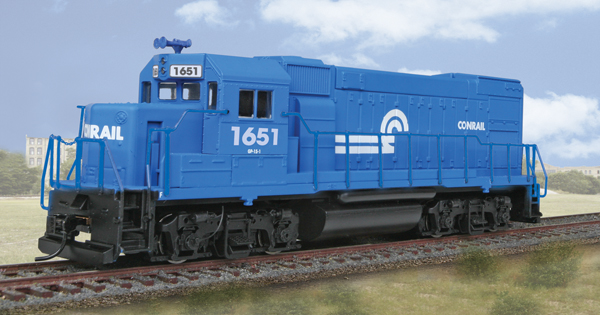
HO scale locomotives Electro-Motive Division SD40T-2 diesel locomotive. Denver & Rio Grande Western (with 88″ nose), Ohio Central (88″ nose), R.J. Corman RR (81″ nose), and Southern Pacific (123″ nose). Three road numbers available. Upgraded tooling, prototype-specific details, and McHenry scale magnetic knuckle couplers. $109.98. March 2010. Ready-to-Roll. Athearn Trains General Electric U23B diesel locomotive. […]
Read More…










